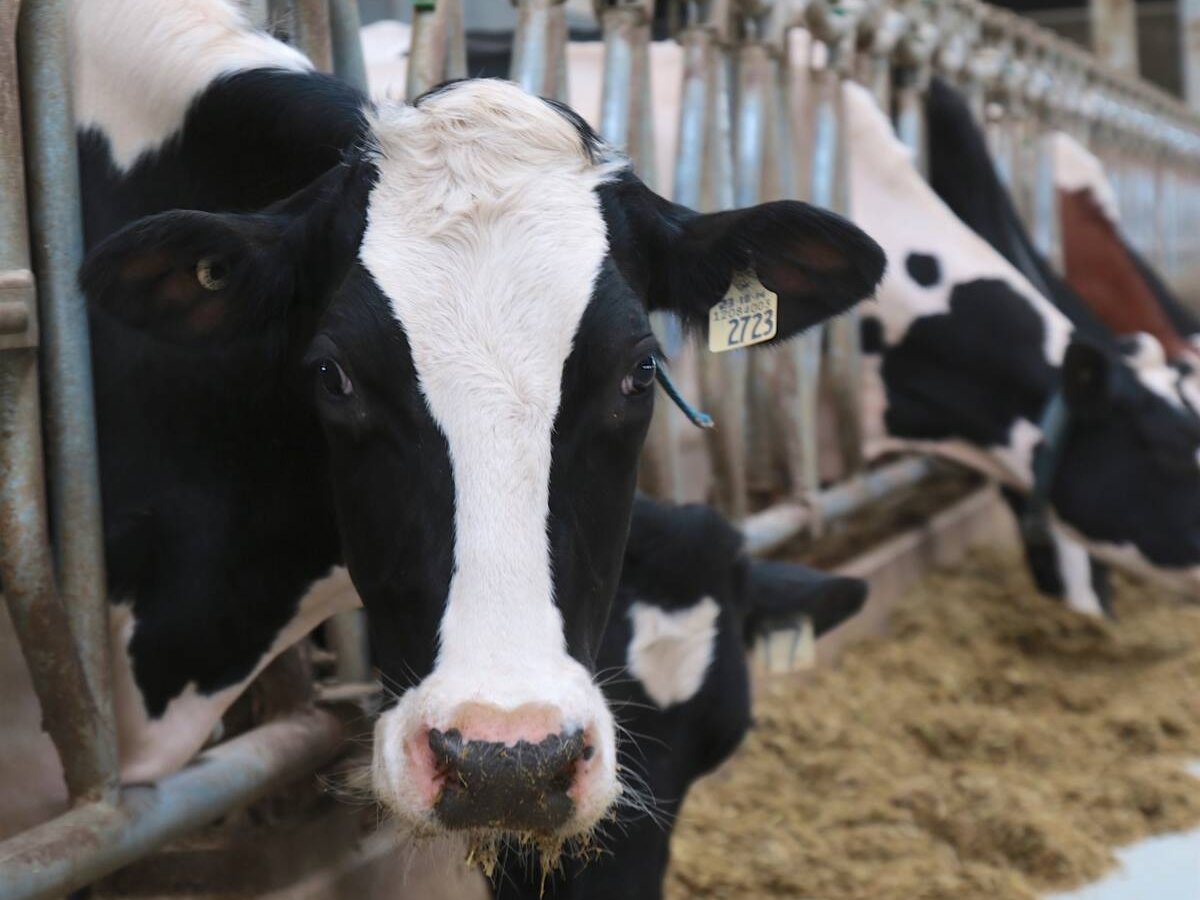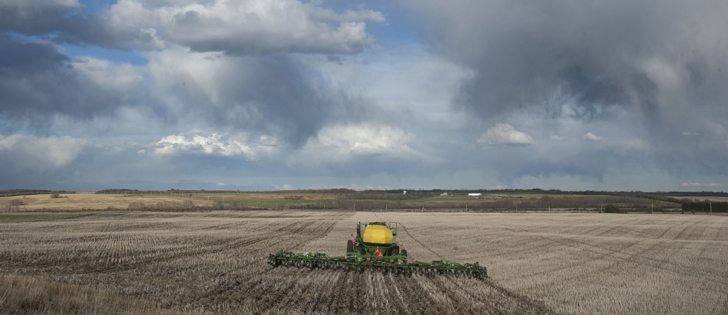Statistics Canada | Glimpse into ag sector offers some surprises
In its first report on the 2011 census of agriculture, Statistics Canada says Canadian agriculture is continuing to consolidate and adapt to changing conditions.
Based on returns from 97 percent of surveyed farmers last year, the federal agency says the number of “census” farmers fell 10 percent to 205,000 in the five years between 2006 and 2011 and average farm size increased by seven percent to 778 acres.
A census farm is any operation that grew an agricultural product with the intention to sell it, a definition that many in the industry say distorts the findings.
Read Also

The Organization for Economic Co-operation and Development lauds Canada’s low farm subsidies, criticizes supply management
The Organization for Economic Co-operation and Development lauded Canada’s low farm subsidies, criticized supply management in its global survey of farm support programs.
At the same time, the greying of the farm population continued.
The average age of farmers in-creased two years to 54, the proportion of farmers older than 55 hit an all-time high of 48 percent and the proportion of farmers younger than 35 was close to eight percent, less than half its 1991 percentage.
Grain and oilseed operations dramatically increased both acreage and revenue while livestock producers saw their share of the industry shrink and their gross revenues fall far behind the crop side.
Farms with gross revenues over $500,000 increased their share of industry receipts to almost 68 percent and farms with gross income of more than $1 million accounted for almost half of all farm receipts.
“This is not really surprising because the consolidation of farms into larger units has been a long-term trend,” said George Morris Centre senior researcher Al Mussell.
“And the boom in grains and oilseeds compared to livestock is simply a question of that is where the good prices have been.”
Like other farm sector analysts and many farm leaders, Mussell said the Statistics Canada numbers are distorted because they count tens of thousands of “farmers” who have no intention or chance of making a living from the farm.
In fact, the 37 percent of census farmers with gross revenues of less than $25,000 annually contribute just 1.4 percent of gross farm revenues — $721 million out of $51 billion.
Some of those are beginning farmers starting small or market gardeners with small acreages and low costs, but most are what industry analysts consider lifestyle or hobby farmers.
Still, some of those small farmers could be making a living and Statistics Canada figures show that smaller operations are as likely to cover their costs from revenues as are larger operations.
“There certainly are successful niche operators so I would say it is not necessarily that big is better,” Gwen Paddock, national agriculture manager with the Royal Bank, said in an interview.
“Better is better and that can be any size.”
Still, Mussell said the trend to an industry dominated by large farmers has serious implications.
“It is important to realize that not with any agricultural conspiracy theory, the bulk of farm output is in relatively few hands,” he said.
“What are the implications of that? It is a precarious balance.”
There is no accepted industry definition, but farm leaders, economists and academics suggested that a commercial farm with the possibility of making a family living from the operation needs gross revenues of close to $500,000.
Meanwhile, the agriculture census offered other glimpses into the 2011 snapshot of the Canadian industry:
- farm operators employed 297,683 paid workers last year, more than 112,000 of them fulltime
- most farm operators in 2011 did not work off the farm to supplement farm earnings
- for the first time, no-till accounted for more than half of all seeded acres in Canada
- the number of certified organic producers in Canada last year increased slightly from 2006 to 3,713 but they still represented just 1.8 percent of farms and a small portion of farm output
- farmers reporting that they used the internet to conduct farm business increased more than 20 percentage points to more than 55 percent even though more than half said they did not have access to high-speed broadband service
- in an era of rising land prices, more farmers are renting land rather than buying
Statistics Canada said it was a snapshot of an industry “growing and evolving.”
Canadian Federation of Agriculture president Ron Bonnett said the census, despite the flaw of a lack of farm definition, shows the way of the industry.
“I think it re-affirms of lot of the stuff we knew was happening because of what we see,” he said.
“Bigger farms, consolidation, a boom in grain and oilseeds. I guess the thing that most surprised was that the average age of farmers is still going up.”















